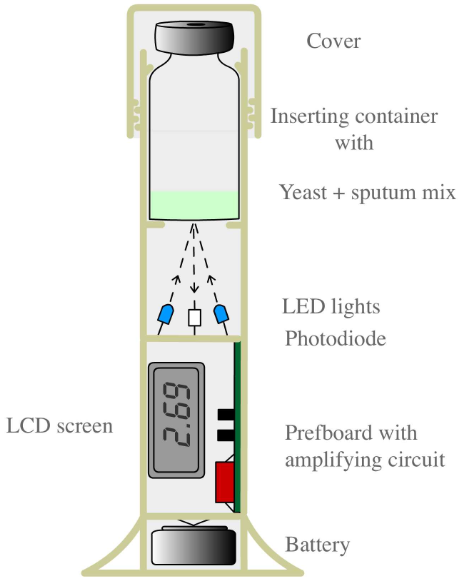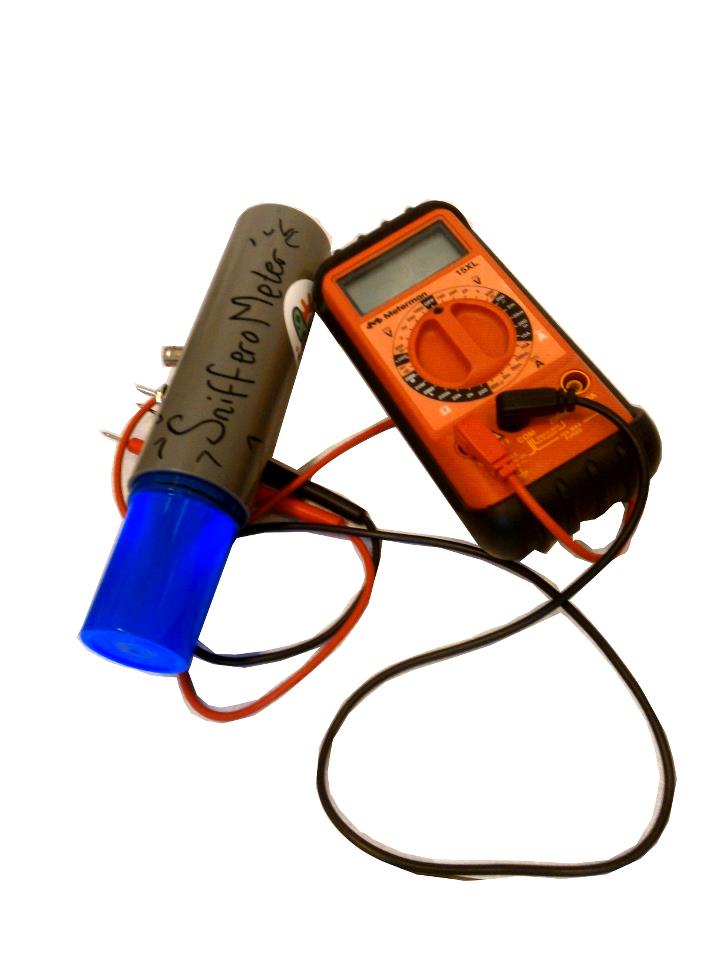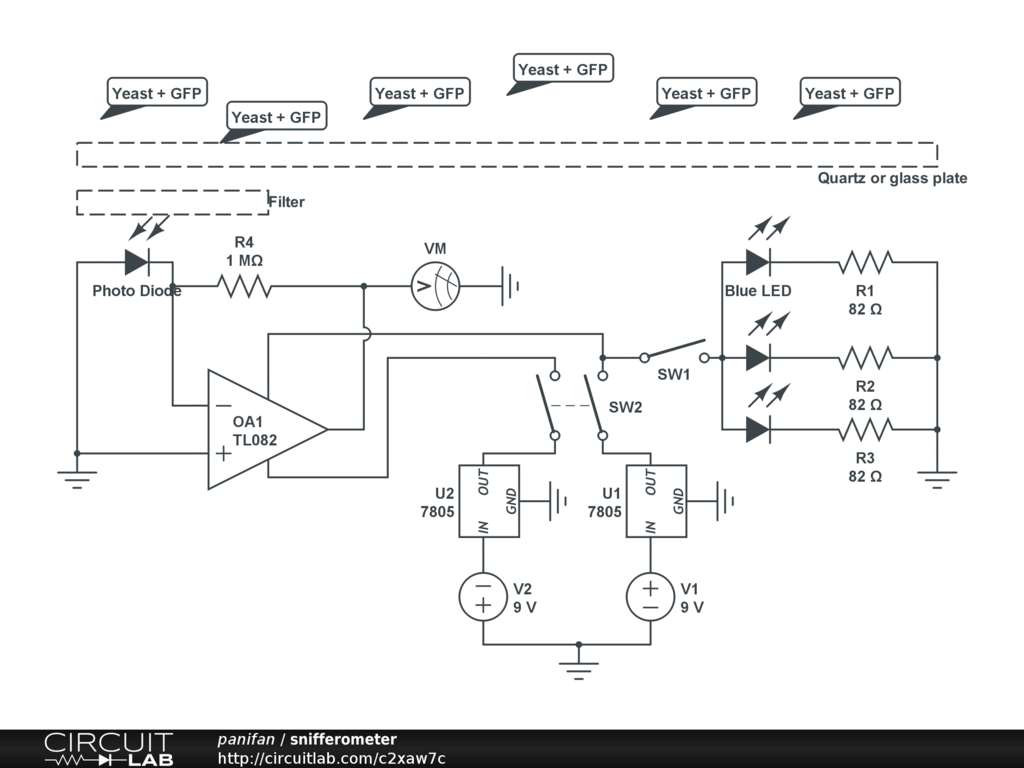Team:TU-Delft/Snifferometer
From 2012.igem.org
(→Wavelength) |
|||
| Line 40: | Line 40: | ||
And the responsibility spectrum of photodiode can be seen [http://www.marktechopto.com/products/datasheet/MTD5052W here]. | And the responsibility spectrum of photodiode can be seen [http://www.marktechopto.com/products/datasheet/MTD5052W here]. | ||
| - | Thus a high-pass filter is needed which has a cutoff frequency around 500nm. | + | Thus a high-pass filter is needed which has a cutoff frequency around 500nm. Two filters were tested to give a comparison: |
| - | + | ||
| - | + | ||
| - | + | ||
| - | + | ||
| - | + | ||
| - | Two filters were tested: | + | |
<ul> | <ul> | ||
<li> [http://www.leefilters.com/lighting/colour-details.html#768 LEE Filters 768 Egg yellow]. | <li> [http://www.leefilters.com/lighting/colour-details.html#768 LEE Filters 768 Egg yellow]. | ||
| Line 52: | Line 46: | ||
</ul> | </ul> | ||
| + | |||
| + | = Test = | ||
| + | Eppendorf tubes are used to contain the liquid. | ||
| + | 483nm and 506nm | ||
Four sets | Four sets | ||
<ul> | <ul> | ||
Revision as of 15:10, 26 October 2012

In order to assess the feasibility using our Snifferomyces cells as a diagnosis method, a device called "Snifferometer" was built to measure the status of fluorescence. The purpose of building such a device is to overcome the complexity, incalculability, and the high cost of using fluorescence microscope.
Contents |
Construction of Snifferometer
Scheme of the Device
Figure 1 shows the concept of how the device works. The LEDs emit blue light on the liquid mixing Snifferomyces and sputum of the patient. Later, the photodiode collects the glowing light and transfers it into an amplified signal of voltage. Thus, by reading the number of voltmeter, the status of TB smelling cells in sputum can be detected.
Circuit of Snifferometer
The photodiode converts the light intensity into small current, and op amp is needed to amplify the small current signal.
Wavelength
By looking up in the Table of Fluorochrome, the peak excitement and emission wavelengthes of EGFP are known, which are 488nm and 507nm respectively.
Blue LEDs are chosen with the dominant wavelength of 470nm.
And the responsibility spectrum of photodiode can be seen here.
Thus a high-pass filter is needed which has a cutoff frequency around 500nm. Two filters were tested to give a comparison:
Test
Eppendorf tubes are used to contain the liquid. 483nm and 506nm Four sets
- Control: M9 medium with E-coli
- Test: M9 medium with E-coli overexpressing TagGFP2
M9 medium is used because it has low autofluorescence.
- reduce background light intensity: right filter
- increase green light intensity
- increase the sensitivity of the circuit
- enlarge the area of fluorescent

 "
"




